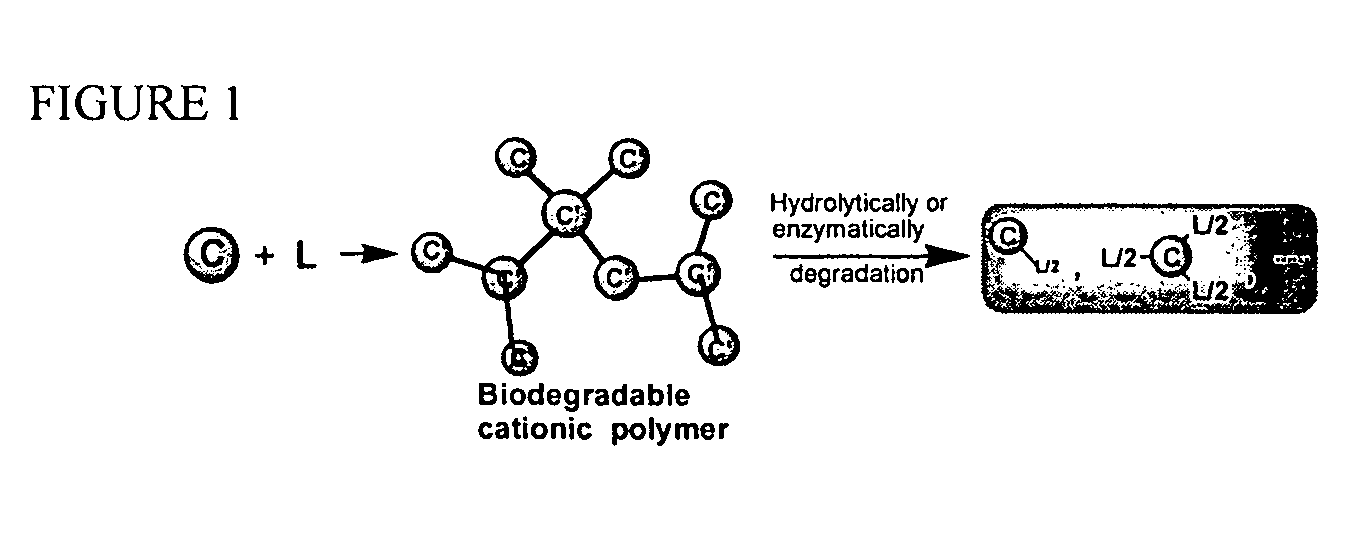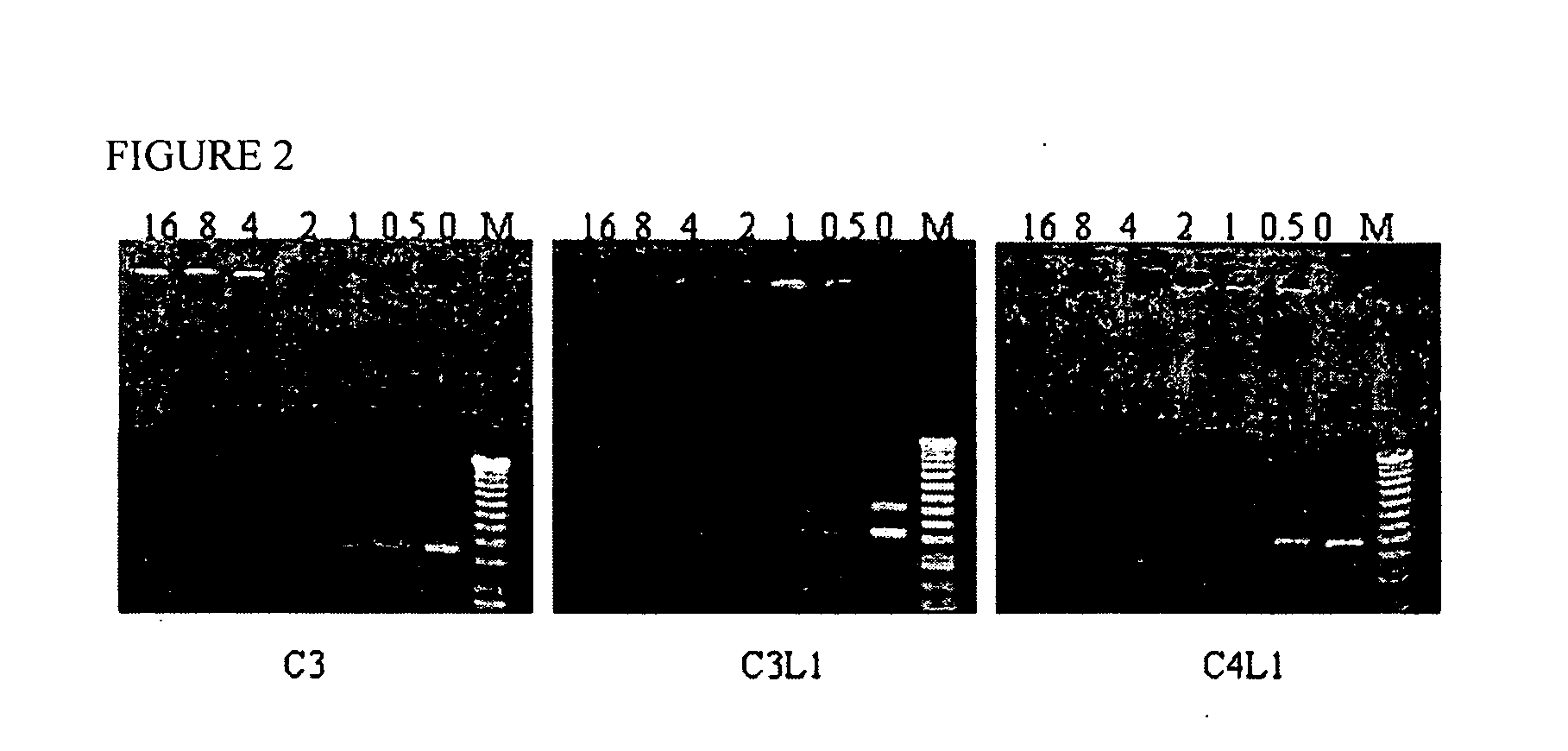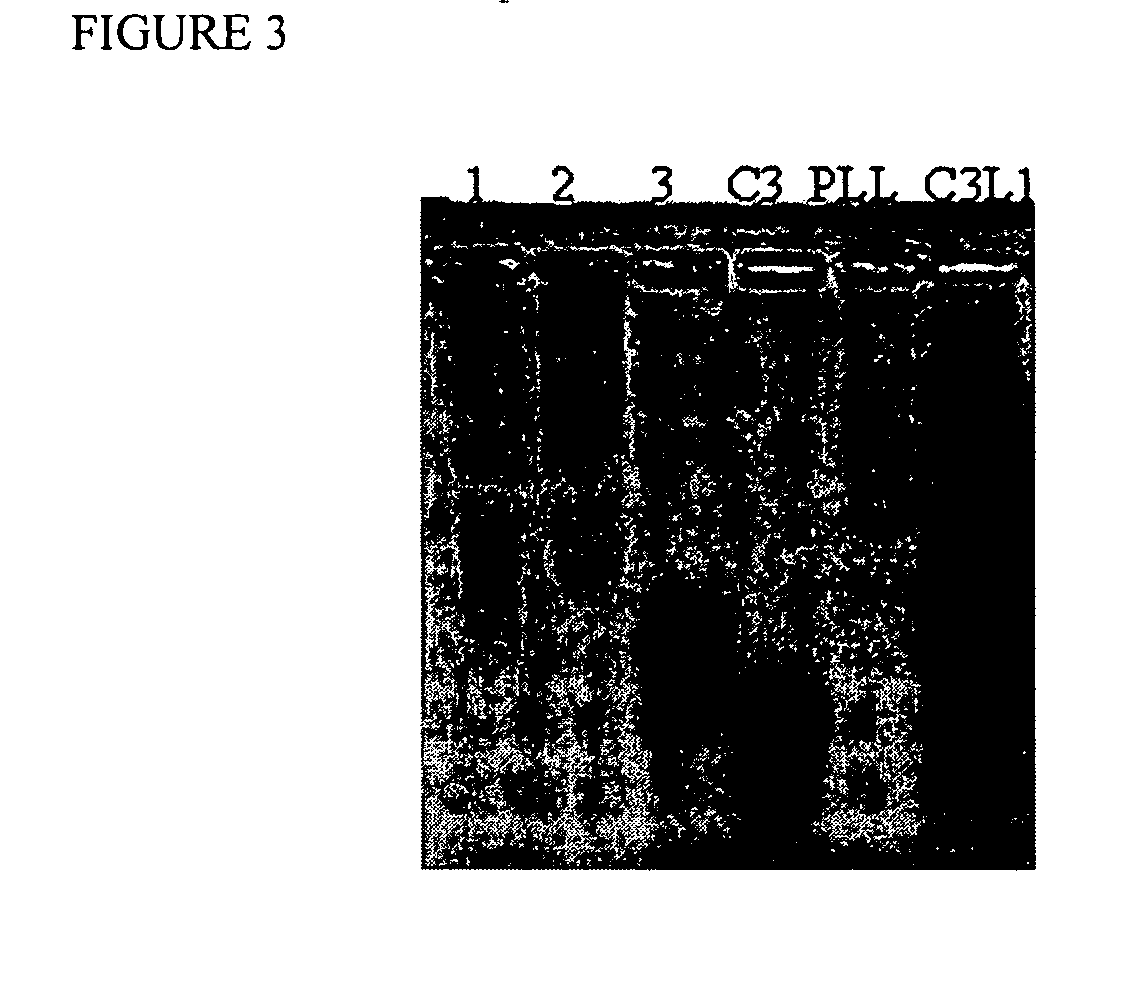Controllably degradable polymeric biomolecule or drug carrier and method of synthesizing said carrier
- Summary
- Abstract
- Description
- Claims
- Application Information
AI Technical Summary
Benefits of technology
Problems solved by technology
Method used
Image
Examples
example 1
[0083] Synthesis Overview
[0084] Synthesis of branched or slightly cross-linked biodegradable cationic polymers is illustrated in FIG. 1. This synthesis method can be used for preparation of large libraries of branched or slightly crosslinked biodegradable cationic polymers. Degradation of the cationic polymers of the present invention is also illustrated.
[0085] In FIG. 1, C represents an amine-containing cationic compound or oligomer with at least three reactive sites (for Michael addition reaction), and L represents a compound having at least two acrylate groups. The reaction between C and L takes place under very mild conditions in organic solvents After reaction, the polymers can be recovered by two different methods. In the first method, the polymers were recovered by direct removal of the solvents at reduced pressure. In the second method, the polymers were neutralized by adding acid, such as hydrochloric acid, and the neutralized polymers were recovered by filtration or cent...
example 2
[0086] Polymers Prepared by Crosslinking Cationic Oligomers with Diacrylate Linkers, Recovered by Direct Removing Solvents
[0087] Synthesis of high molecular weight cationic polymers according to the present invention may be performed by a variety of methods know to those of ordinary skill in the art. The synthesis of a polymer which is derived from polyethylenimine oligomer with molecular weight of 600 (PEI-600) and 1,3-butanediol diacrylate (1,3-BDODA) is provided as a general procedure to serve as a model for other synthetic procedures involving similar compounds which can be used to synthesize a series of degradable cationic polymers. 0.44 g of PEI-600 (Aldrich) was weighed and placed in a small vial, and 6 ml of methylene chloride was added. After the PEI-600 completely dissolved, 0.1 g of 1,3-BDODA in 2 ml of methylene chloride was added slowly into the PEI solution while stirring. The reaction mixture was stirred for 10 hours at room temperature. After removing the organic so...
example 3
[0088] Polymers Prepared by Crosslinking Cationic Oligomers with Diacrylate Linkers, Recovered after Neutralization with Acid
[0089] The synthesis of a polymer which is derived from PEI-600 and 1,6-hexanediol diacrylate (1,6-HDODA) is provided as a general procedure to serve as a model for other synthetic procedures involving similar compounds which can be used to synthesize a series of degradable cationic polymers. To a 20 ml small vial, 0.43 g of PEI-600 in 2 ml of methylene chloride was added by using pipette or syringe. 0.23 g (1.0 mmol) of 1,6-HDODA were quickly added to the above PEI-600 solution under stirring. The concentration of PEI-600 in the reaction solution was adjusted to 0.1 g / ml by adding more methylene chloride. The reaction mixture was stirred for 5 hours at room temperature (25° C.). Then, the reaction mixture was neutralized by adding 2.5 ml of 4M HCl. The white precipitate was filtered, washed with methylene chloride, and dried at room temperature under reduced...
PUM
| Property | Measurement | Unit |
|---|---|---|
| Mass | aaaaa | aaaaa |
| Mass | aaaaa | aaaaa |
| Mass | aaaaa | aaaaa |
Abstract
Description
Claims
Application Information
 Login to View More
Login to View More - R&D
- Intellectual Property
- Life Sciences
- Materials
- Tech Scout
- Unparalleled Data Quality
- Higher Quality Content
- 60% Fewer Hallucinations
Browse by: Latest US Patents, China's latest patents, Technical Efficacy Thesaurus, Application Domain, Technology Topic, Popular Technical Reports.
© 2025 PatSnap. All rights reserved.Legal|Privacy policy|Modern Slavery Act Transparency Statement|Sitemap|About US| Contact US: help@patsnap.com



